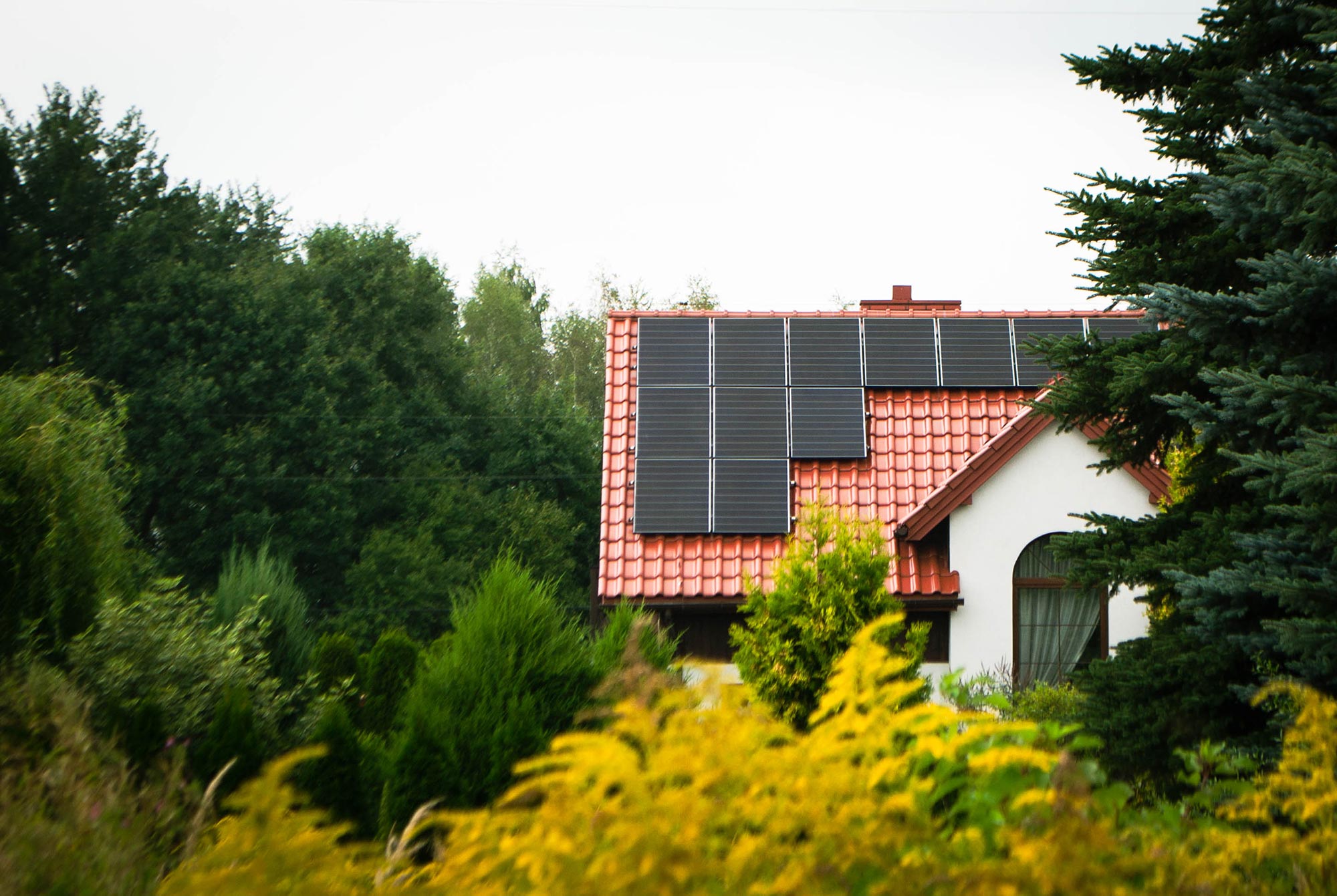Replacing conventional incandescent bulbs with energy-saving bulbs is a simple action, but one that has a big impact. Incandescent bulbs waste a lot of energy in the form of heat, while energy-saving bulbs such as light-emitting diodes (LEDs) use much less energy to produce the same amount of light. Main benefits of LED bulbs:
- More efficient than conventional light bulbs: LED bulbs consume 75-80 % less energy than incandescent bulbs and about half the energy of fluorescent bulbs, according to UN data. As a result, electricity demand is reduced, which in turn reduces carbon emissions.
- More durable: LED lights have a longer lifetime than conventional lights, between 25,000 and 50,000 operating hours. In contrast, conventional bulbs last about 1,000 hours, so they need to be replaced more frequently.
- Save money: according to the UN, switching to LED lighting could save developing and emerging economies around $18 billion in electricity bills.
- Recyclable and safe materials: LED bulbs contain no mercury or other hazardous materials, making them easily recyclable. Some of their parts, such as chips and heat sinks, are reused to make other light bulbs or electronic devices. In addition, their materials (aluminium, glass and plastic) can be separated and processed to create new products.
Why is it important for the planet? About 15% of the world’s electricity use is for lighting. The benefits of LED bulbs – efficiency, durability and safety – significantly reduce your home’s energy consumption and, as a consequence, your carbon footprint, thus contributing to combating climate change and preserving the environment for future generations. Join many others on the road to a carbon-free future!


